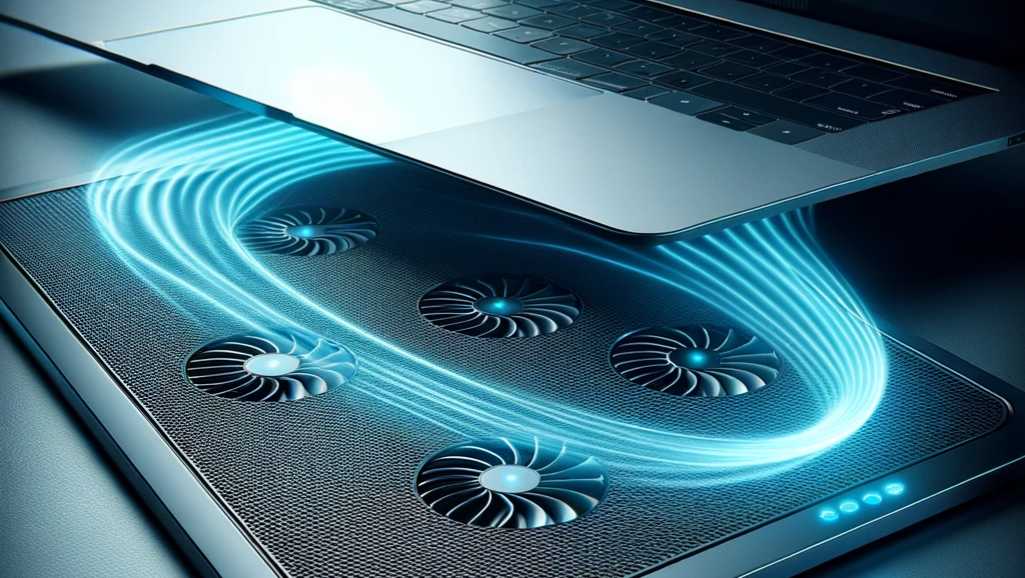
Solving MacBook Air Overheating: Causes, Solutions, and Preventive Measures
Many MacBook Air users experience overheating issues that can hinder performance and comfort. This blog post delves into the common causes of MacBook Air overheating,


Source: TechPowerUp

Source: Ubuy

Source: Carousell
 Laptop cooling pads play a crucial role in improving the thermal management of laptops. Contrary to popular belief, their primary function is not to enhance the intake of cool air but rather to accelerate the exhaust of hot air. Understanding the mechanism behind laptop cooling pads is essential to grasp their effectiveness in dissipating heat and maintaining optimal performance.
When a laptop operates, its internal components generate heat. To prevent overheating, laptops are equipped with internal fans and heat sinks that facilitate the flow of air through the system. However, sometimes these internal cooling mechanisms may not be sufficient, especially during intense tasks or in laptops with inadequate cooling designs.
Laptop cooling pads play a crucial role in improving the thermal management of laptops. Contrary to popular belief, their primary function is not to enhance the intake of cool air but rather to accelerate the exhaust of hot air. Understanding the mechanism behind laptop cooling pads is essential to grasp their effectiveness in dissipating heat and maintaining optimal performance.
When a laptop operates, its internal components generate heat. To prevent overheating, laptops are equipped with internal fans and heat sinks that facilitate the flow of air through the system. However, sometimes these internal cooling mechanisms may not be sufficient, especially during intense tasks or in laptops with inadequate cooling designs.

Many MacBook Air users experience overheating issues that can hinder performance and comfort. This blog post delves into the common causes of MacBook Air overheating,

The central processing unit (CPU) is the heart of any computer, tasked with executing instructions and processing data. However, this critical component can generate significant

Are laptop cooling pads really the game-changer they claim to be? If you’ve ever used a laptop for any length of time, you probably understand
|
*We are OPEN on 3 May 2025 (Polling Day). CLOSED ON 1 May 2025 (Labour Day) |